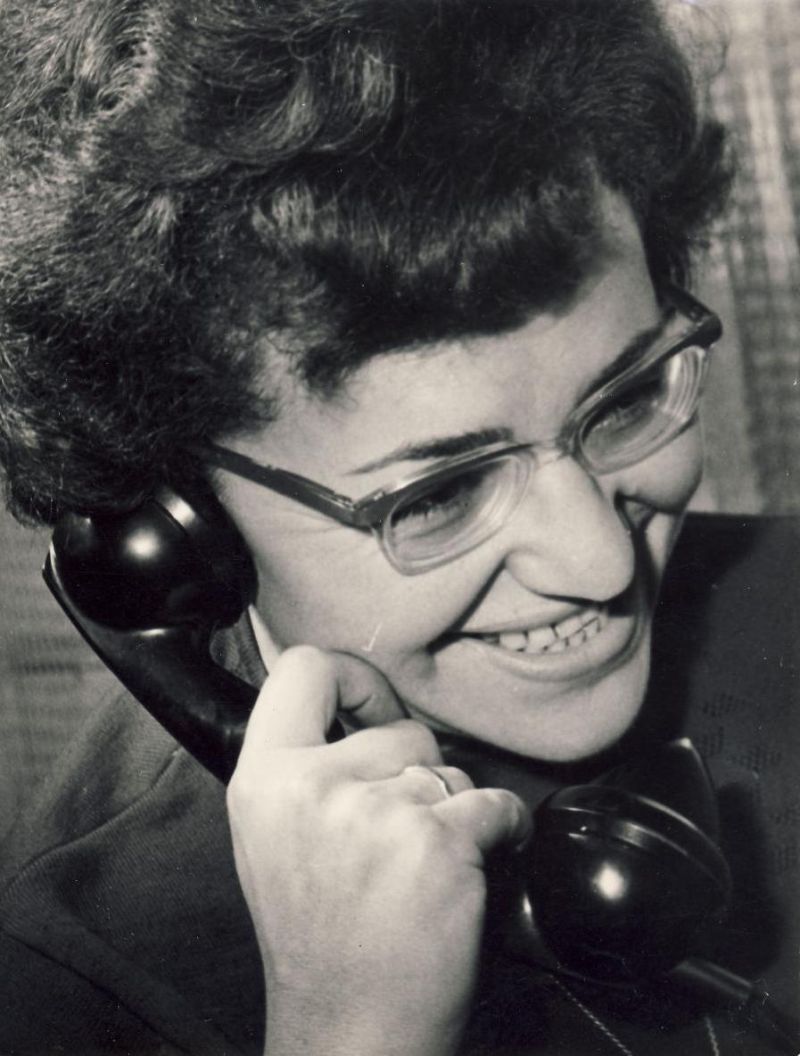Helena Bohle-Szacki. Fashion – Art – Memories
Mediathek Sorted

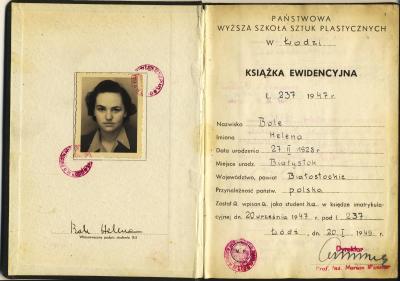

















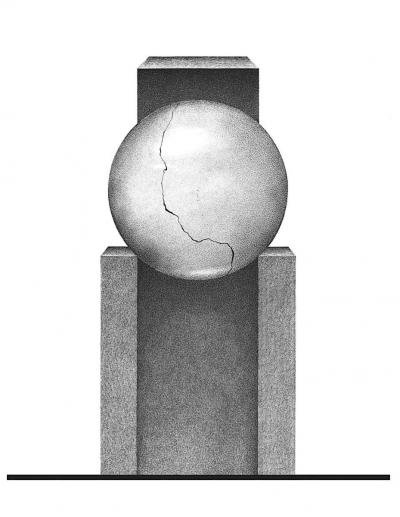
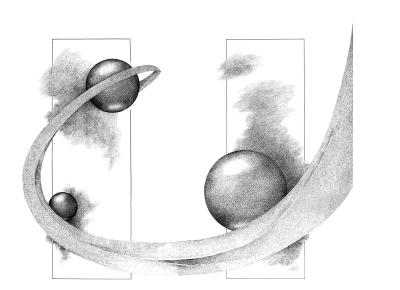




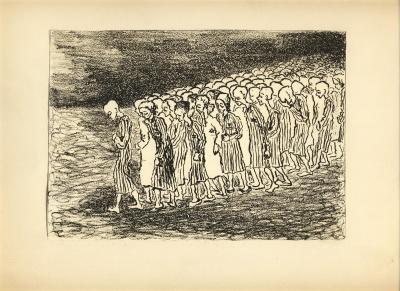


Interview mit Helena Bohle-Szacki, 2005





























Fashion
In December 1965 the following report appeared in the weekly newspaper DIE ZEIT: “Who would have thought it! The state fashion house ‘Leda’ in Warsaw is showing its latest creations in Berlin. What’s more, in the Europa-Center! Just a year ago, such a fashion show would have been regarded as the product of an exuberant imagination, as a fantasy of clothing retailers who were eager to make contact with the East. This is the first collecton presented by the Pole Helena Szacka in the West, in Berlin”.[1] The title of the Spandauer Volksblatt read “Decorous elegance from Poland”.[2] Other, thoroughly positive articles emphasized the “slightly Parisian-oriented flair” of Polish fashion and noted with a certain satisfaction the obvious influence of the Courrèges style with a futuristic touch[3], that set the fashion tone in the West in the early 1960s. That said, the distinction between East and West was never completely airtight, so that many trends and tendencies in Western fashion were also noticed and adopted in Poland.
Needless to say, the first fashion show from Warsaw in West Berlin was a political issue. It was as if the Iron Curtain which apparently finally and forever divided the political world of that time had lifted a little. The 37-year-old Helena Bohle-Szacki held a renowned position in the state-regulated fashion industry. She had not yet thought of becoming a freelance artist, nor of leaving Poland for good. Many years later she did not really appreciate her fashion activity: “Fashion as a means of expression was never enough for me, in the fashion industry I was not an artist, I may not have been a bad designer, but I was just a designer in the clothing industry.”[4]
Was this an unjustified modesty? The clothes she designed won awards in the 1960s (the gold medal in Munich, a silver at the Poznan Fair), were praised and, last not least, were very popular (when they were approved for production). Of course, at that time the fashion business functioned completely differently in Poland than in the free West. Private fashion houses did not exist and state-owned clothing companies had to contend with shortcomings in domestic industry, not to speak of bureaucratic aesthetics. There was a lack of suitable fabrics and everything else needed by the fashion industry. On the other hand, everything - or almost everything - that was produced found grateful customers. The infinitely receptive market was extremely frugally supplied. And furthermore: a kind of resistance to the grey reality of a communist country often became evident in fashion.
Helena Bohle-Szacki began her fashion career as a graphic artist and - as she herself emphasised - this was an occupation she followed of necessity. After graduating in graphics from the Państwowa Wyższa Szkoła Sztuk Plastycznych (today: Akademia Sztuk Pięknych w Łodzi im. Władysława Strzemińskiego) / State College of Fine Arts in Lodz (ill. 2 and 3) she found it difficult to find a job. For understandable reasons, the advertising industry scarcely existed, industrial design was in its infancy, and graphic artists were only used to a very limited extent in publishing. Helena Bohle-Szacki, for example, drew images for fashion magazines whose appearance was rather bleak. After that she tried her hand as a fashion journalist, became a fashion lecturer at her alma mater and finally began designing clothes. First, she worked in the central laboratory of the clothing industry, then successively in the three state fashion houses. In the 1960s these were the most famous: Telimena, Moda Polska and Leda.





















































































